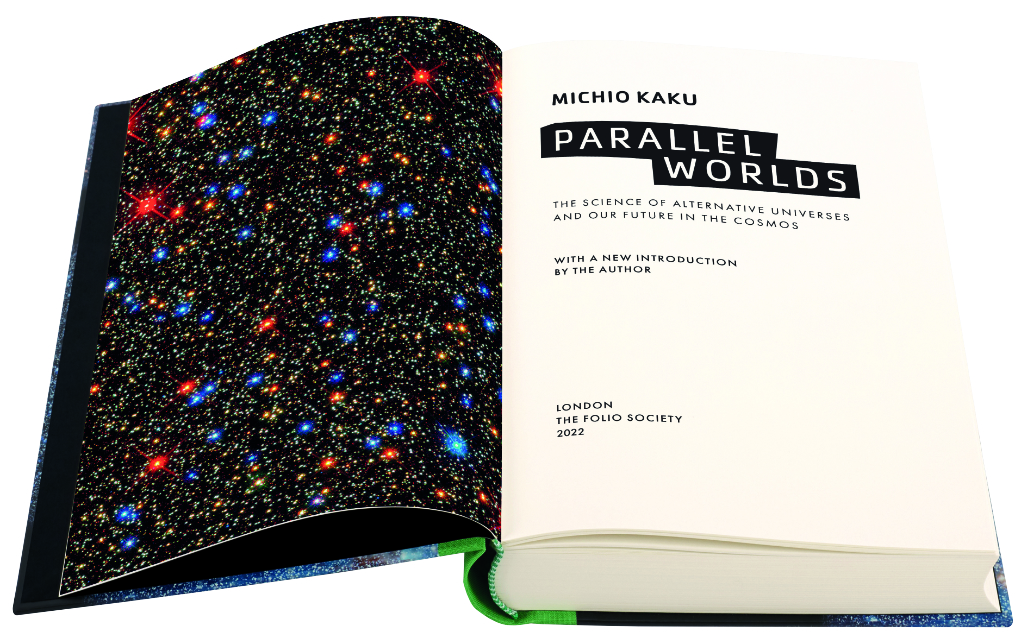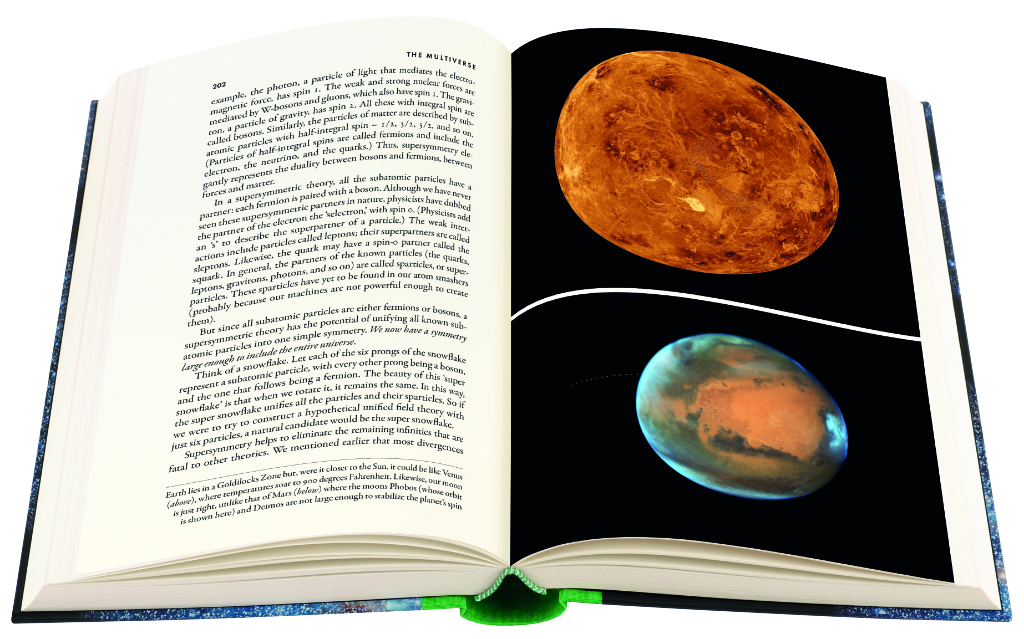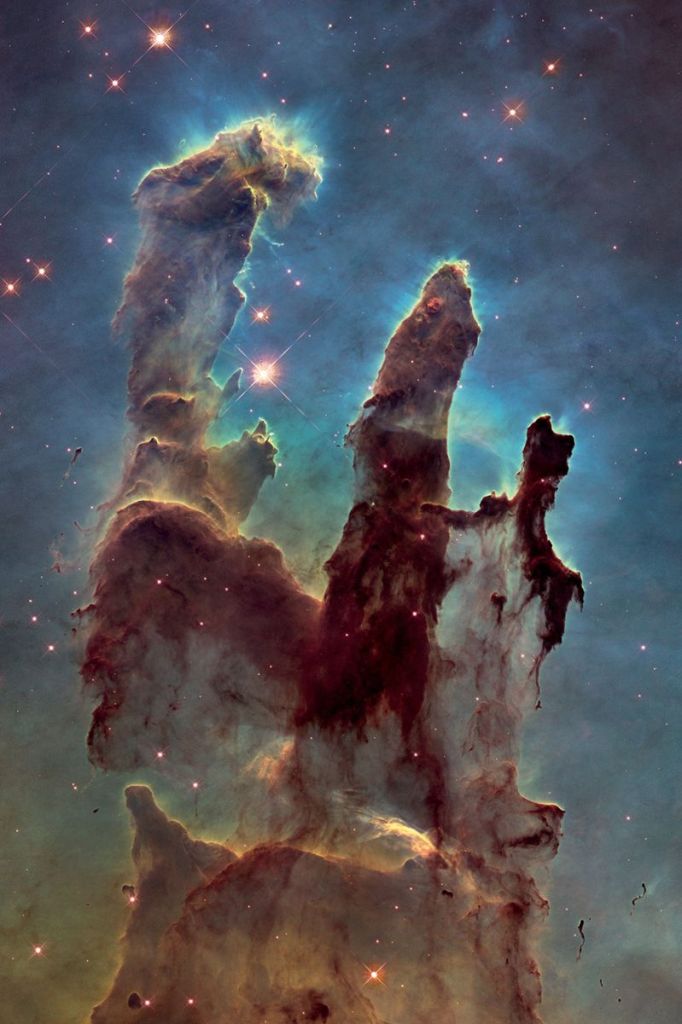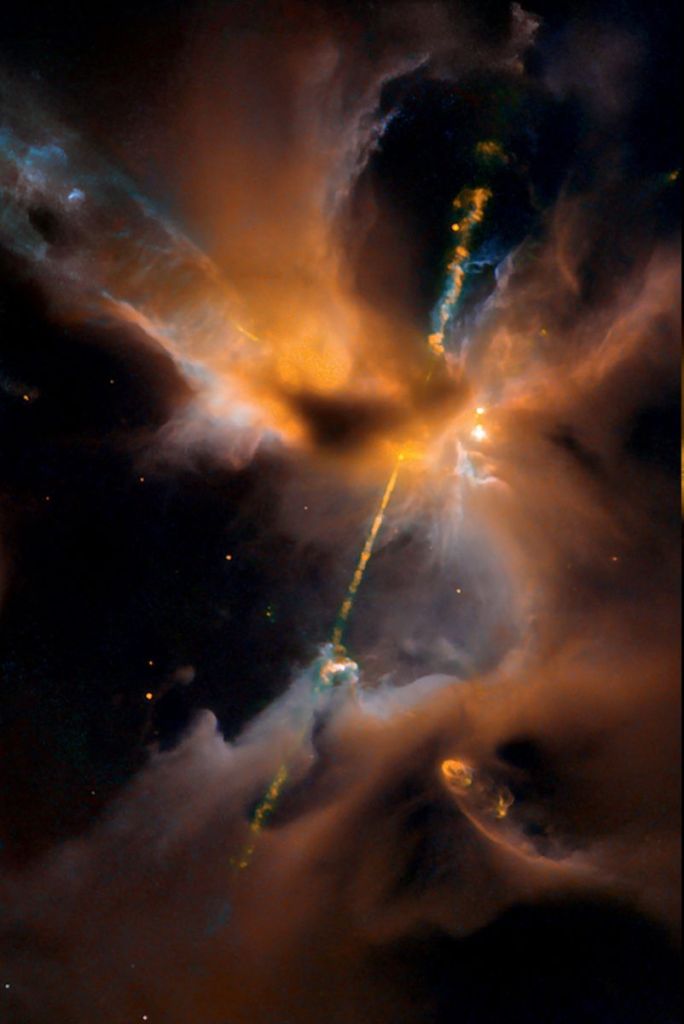Text by Michio Kaku

In Robert Frost’s poem ‘The Road Not Taken’, he wrote about something which everyone has experienced, the idea that at certain crucial times in our lives we have to make a critical choice. These momentous decisions may affect our lives ever after. He wrote:
Two roads diverged in a yellow wood, And sorry I could
not travel both And be one traveler, long I stood
And looked down one as far as I could To where it bent
in the undergrowth.
He ended the poem by concluding that his decision had epic consequences for his life, that the road less traveled was a turning point. He concluded:
I shall be telling this with a sigh Somewhere ages and
ages hence:
Two roads diverged in a wood, and I – I took the one
less traveled by,
And that has made all the difference.
How many of us have also faced that fabled fork in the road, and wondered what may have happened had we taken the road less traveled? Perhaps you went to a different school. Perhaps you chose a different profession. Married someone else. Or got divorced, or stayed married. Or had children, or didn’t. The possibilities that come to mind are endless. In a lazy afternoon, we can spend hours daydreaming of all the alternate realities that might emerge because of certain pivotal decisions we made in the past. But then we are jolted back to reality. We wake up to the fact that there is only one world, only one reality, defined by the decisions we made ages ago. The choices we made in the past are set in stone.
Or are they?
Recent developments in physics point to a different direction, one that forces us to re-evaluate the possibility of parallel worlds. This concept, once relegated to old episodes of the Twilight Zone, is now the subject of endless discussion at physics conferences. Amidst all the equations is the fact that the multiverse is now becoming mainstream physics.
This is also beginning to seep into the popular culture. The biggest-grossing movies of the past few years have all featured superheroes struggling in the multiverse. If your favorite superhero is about to be defeated by the supervillain, maybe he will be saved by his counterpart in a parallel universe. In fact, in the recent Spiderman movie Spider-Man: Into the Spider-Verse, all the various Spidermen and women from different universes gang up together to save the day.
There is even an entire TV series based on a famous novel by Philip K. Dick, The Man in the High Castle, where there is a parallel universe where the Nazis and the Japanese won World War II. In the original story, an assassin fired a bullet at Franklin D. Roosevelt. In one universe, the gun misfires, Roosevelt is safe, the US enters World War II and defeats the Axis powers. But in another universe, the gun fires and the president is killed. A weak, indecisive vice-president takes over, the Axis powers win World War II, and the US is divided into two parts, one ruled by the Nazis, the other by the Japanese Imperial Army.
What separates the world into two very different universes, with two different world histories, is whether a single bullet misfires or not. So how did this bizarre theory of parallel universes leave the realm of theoretical physics and enter the world of science fiction and then into the public imagination? It began with the work of a Princeton graduate student, Hugh Everett, who had the nerve to challenge the greatest minds in physics. He began to question the foundation of the quantum theory, which governs the subatomic world.
The quantum theory, the most successful physical theory of all time, is based on a curious physical picture, the idea that electrons can be described by a wave that exists simultaneously in different parallel universes, until you observe it, and then it collapses into our familiar universe. It is such a strange concept, that objects can exist in multiple states at the same time, until you measure it. But the theory works. In fact, computers, the internet, telecommunications, lasers, and transistors are all based on the idea that electrons can exist simultaneously in multiple states, until you measure them. The theory has been tested to one part in 10 billion, making it the most successful physical theory of all time.
In one famous analogy, a cat placed in a box can be described as the sum of two waves: the wave of a dead cat plus the wave of a live cat. The cat exists simultaneously in two parallel universes, until you finally open the box. Then the wave of the cat collapses and you see the cat.
Everett had the nerve to challenge the foundation of quantum mechanics by dropping the criterion that you have to make an observation to collapse the wave. This meant that the electron waves never collapse, but instead split merrily along forever, continually splitting apart into smaller waves. It was such a simple idea, but it meant that the universe was constantly splitting apart into parallel realities.
The reaction of the physics community to Everett’s idea was uniformly negative. Everett could not find a job after graduation, and had to work instead for the US Pentagon, working on nuclear weapons.
But over the years, several developments revived this idea.



Right: Herbig-Haro jet (HH 24). Composite image from the Hubble Space Telescope, August 2001, October 2009, and February 2014. (NASA, ESA, the Hubble Heritage (STScI/AURA)/Hubble-Europe (ESA). Collaboration, D. Padgett (GSFC), T. Megeath (University of Toledo), and B. Reipurth (University of Hawaii)).
First, instruments are now so powerful that we can observe and experiment with individual atoms. We see a smooth continuum between the nanoworld of the atom and our familiar world. The old picture that the atomic world and the macroscopic world obeyed two different and distinct sets of physics began to fall apart.
Second, the latest theory of the expanding universe is called inflation theory, which states that the big bang was a quantum event, so that if it happened once, then big bangs can happen all the time. Earlier, Einstein gave us a picture of the universe as an expanding bubble, with us living on the skin of this bubble. The new theory of inflation states that these bubble universes can constantly fission or join with other bubble universes, to create a bubble bath of universes. So big bangs are happening all the time. Even since you began reading this introduction, entire universes have been born. So far, inflation theory fits all the astronomical data. When we measure the afterglow of the big bang, we find that it fits perfectly with the prediction of inflation theory.
Third, the leading candidate for a ‘Theory of Everything’ is string theory, which states that all the subatomic particles of the universe are nothing but musical notes created by tiny vibrating strings. So if we had a super microscope, we would see that the electron was just a rubber band, vibrating in a certain way. Then the neutrino, quark, mesons, etc. would just be different vibrations of the same string.
One of the consequences of string theory is that it predicts the existence of perhaps an infinite number of parallel universes. Among these universes we can find one solution which describes our universe. Normally, that would be a huge vindication of a theory, because it can describe the zoo of subatomic particles discovered by physicists. But it is an embarrassment of riches, because then how do you show that the theory can uniquely select out our universe? This is the landscape problem, the fact that the theory predicts a vast landscape of parallel universes, with our universe being just one of them. How do we select our universe among the landscape of universes?
Some see this as a flaw in the theory, so a theory of everything becomes a theory of anything, with no predictive power to select out our universe. But there is another possibility. Maybe there is an infinite number of parallel universes, but most of them are devoid of life. In these universes, for example, the proton is not stable, so the universe collapses into a formless mist of electrons and neutrinos. So our universe, among this plethora of parallel universes, is special, because it has life. An extraordinary set of coincidences is required to create life among these universes. All the forces of nature (e.g. the gravitation, electromagnetic, and nuclear forces) have to be balanced just right in order to allow for life.
Fourth, black holes are now leaving the world of speculation and entering the world of concrete observations. In 2019, astronomers lashed together the signals from several radio telescopes to create an effective telescope the size of the Earth. It was powerful enough to photograph the black hole at the heart of the galaxy M87, with a black hole 6.5 billion times more massive than our Sun. But what happens if we enter the black hole? No one knows. But if we just follow the mathematics of a rotating black hole, we find that it is not a dot or singularity, but a spinning ring. The math shows that if we enter the ring, we enter a parallel universe. This concept was actually introduced by Einstein himself in 1935. If we take two black holes, and join them head to head, we find a wormhole, a funnel which connects two universes.
So the concept of parallel universes or the multiverse is now dis- cussed widely in the physics community, as well as the popular media. But this does not mean that we can somehow enter a parallel universe with ease. Most theories say the probability of entering a parallel universe is astronomically small, and may require cosmic energies to open a gateway. So don’t think you will be meeting Elvis Presley in a parallel universe anytime soon.
Lastly, astronomers have recently shown that the universe, which was once thought to be slowing down in its expansion, is actually speeding up and accelerating. If this continues into the distant future, it means that one day, the universe will enter the Big Freeze. The stars will use up their nuclear fuel, and the universe will become cold and dark. The universe will become a graveyard of dead stars and black holes. Temperatures may approach absolute zero. It seems as if physics has a death warrant for all life in the entire universe.
But perhaps there is one, and only one way to escape the end of the universe. If the universe is dying, then perhaps it is time to leave the universe. In the distant future, civilizations will have billions of years in which to perfect machines which can generate the Planck energy, the energy at which space and time become unstable. Like boiling water, even the vacuum of space can bubble up with tiny parallel universes, which the late Stephen Hawking called the ‘space-time foam.’
So instead of freezing to death, perhaps we can create a gateway to leave our dying universe, and enter a young, fresh, warmer universe and start all over again. (Hopefully, we won’t mess up that universe as well!)






